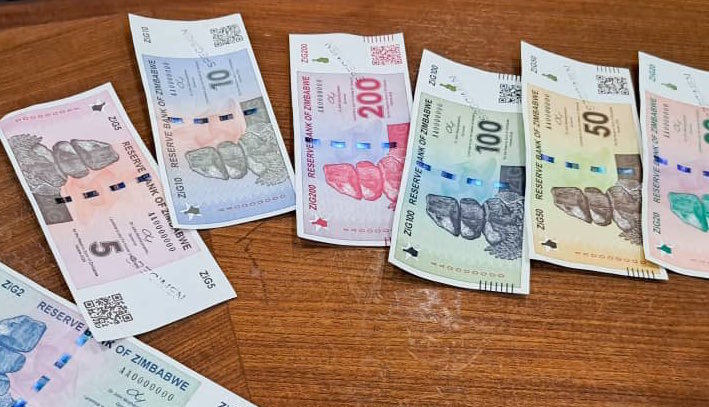|
Getting your Trinity Audio player ready…
|
Writes Michael Tichareva
To build confidence in the sustainability of the recently introduced Zimbabwe currency, let us look at the United Arab Emirates (UAE) currency and how it is managed to illustrate how ZiG will likely move into the future.
The UAE dirham (AED) is a managed currency, and it is pegged against the US dollar (USD).
The Central Bank of the UAE maintains a fixed exchange rate of 1 US dollar to 3.6725 UAE dirhams. This means that the value of the dirham is closely tied to the value of the dollar, and the Central Bank intervenes in the foreign exchange market to maintain this peg.
The currency peg between the dirham and the dollar has been in place since 1997 and is seen as a way to provide stability and confidence in the UAE’s economy. It also makes it easier for businesses and investors to operate in the UAE, as they can be confident that the value of the dirham will remain relatively stable against the dollar.
However, the peg also means that the UAE’s monetary policy is largely tied to that of the US Federal Reserve, and changes in US interest rates can have an impact on the UAE’s economy.
Some economists have suggested that the UAE should consider re-pegging the dirham to a basket of currencies or even allowing it to float freely, but there are also risks and uncertainties associated with these options.
